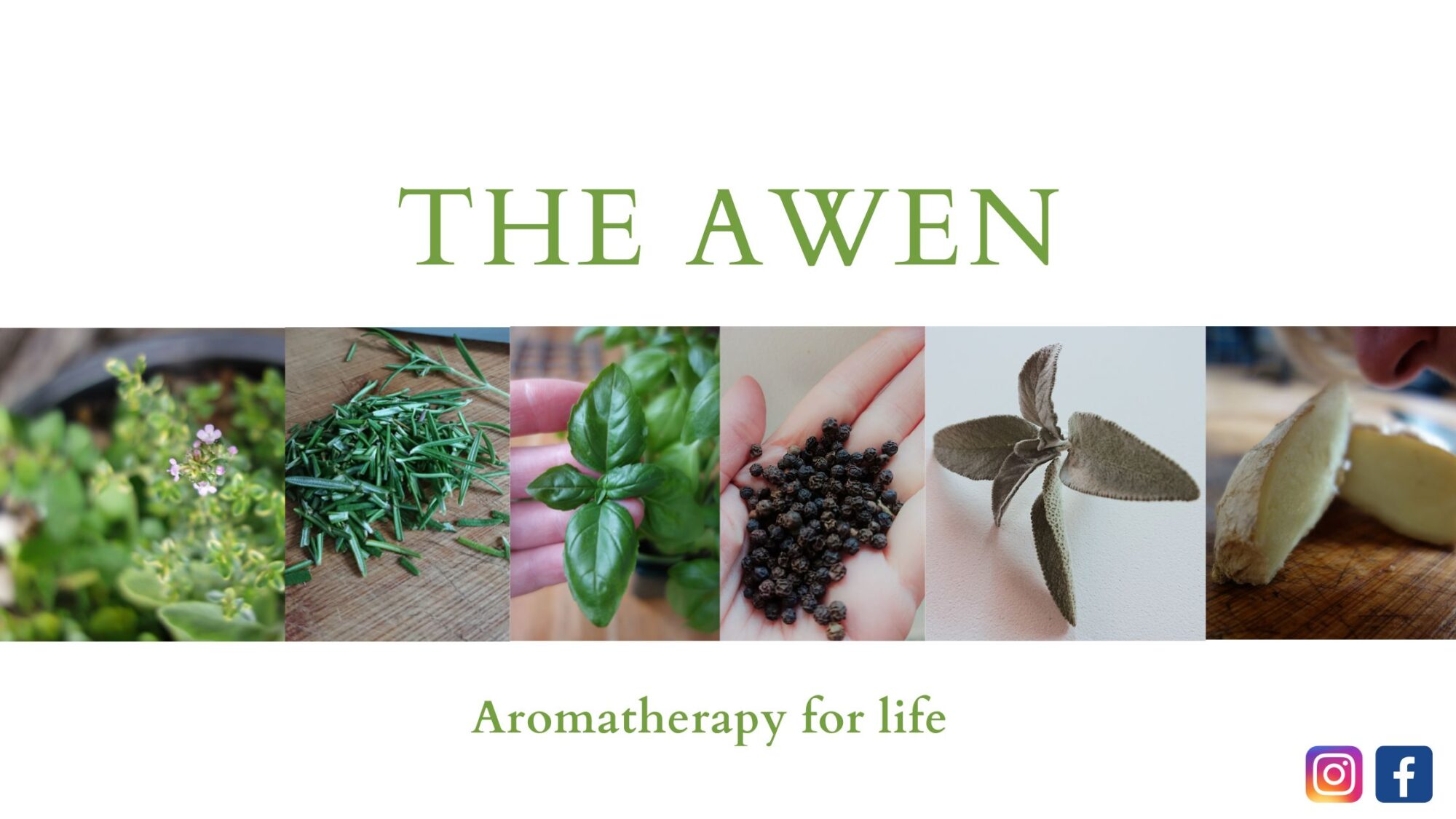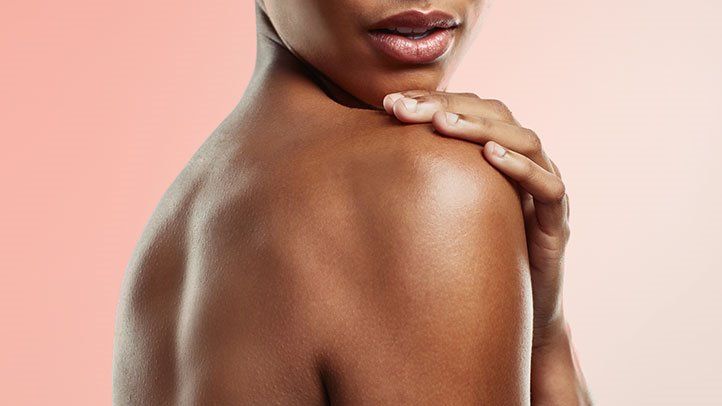As the weather changes so does our response to it emotionally and physiologically. For some, Autumn is their favourite season, the smells, the changing colour, the drop in temperature – it’s a sensory pleasure. For others, the change signifies an ending, colder days and darker nights which can often trigger feelings of anxiety or sadness. However we feel about Autumn, the change affects our bodies and minds in different ways and in this post I’m going to talk how we can hydrate our skin which may become dryer in the colder months using what are known as Carrier Oils.
Carrier oils are made in the same way as essential oils, they are extracted from plants such as sunflower, grapeseed, olives, apricots, wheat, soya to name a few. They are not the same as the cooking oils you have in your store cupboard and these oils should not be used on your body or face. Carrier oils produced in the same way as essential oils and like essential oils they have their own therapeutic qualities enriched with vitamins, minerals and proteins. They should only be bought from reputable suppliers.
As a therapist, I use carrier oils in massage, this helps dilute the essential oils I put in when I massage the skin, making the essential oils safe as well as creating moisture and slippage for the treatment. Often, carrier oils do not have an aroma so are perfect for blending your favourite essential oils and massaging into your skin.
Here I recommend three carrier oils to have as part of a skin care routine:
Apricot Kernel (Prunus armeniaca) is extracted from the seeds of the fruit Apricot oil and is rich in Vitamins A and E, and Omegas 3 and 9, so is very nourishing for our skin. It is good for all skin types, light and non-sticky making it a lovely oil for the face. You can buy it in 30ml bottles, with a pipette to massage into your face morning and/or nightly. It can be expensive but you will only need a few drops at a time. Apricot oil is not recommended for people with a nut allergy.
Evening Primrose (Oenothera biennis) is extracted from the seeds of the evening primrose flower. You may have come across it as a treatment for PMT. I often use it when massaging women as it contains fatty acids which can help alleviate breast pain. Fatty acids are also used to treat inflammation and eczema. If you experience eczema, dab a small amount on the affected area, or if you have dry hands, use it as hand moisturiser. Make sure you wear gloves too as this can help alleviate dry hands! Also, if you are pre-menstrual or menopausal, massage into your abdomen after a warm bath.
Sunflower oil (Halianthus annuus) is extracted from the seeds of the sunflower. It is pale, light and non sticky, good for all skin types. It is rich in vitamins A, B, D and E, containing Omegas making it a healing oil. It is a good oil for the body, to massage into legs, arms, and the abdomen helping rehydrate your skin. Massage just after a bath or shower, when your skin is slightly damp, this will help lock in the moisture for long lasting softness and glow.
Don’t miss my next post where I write about essential oils to lift your mood. You can add these oils to any of the carrier oils suggested and apply to your body and face.


